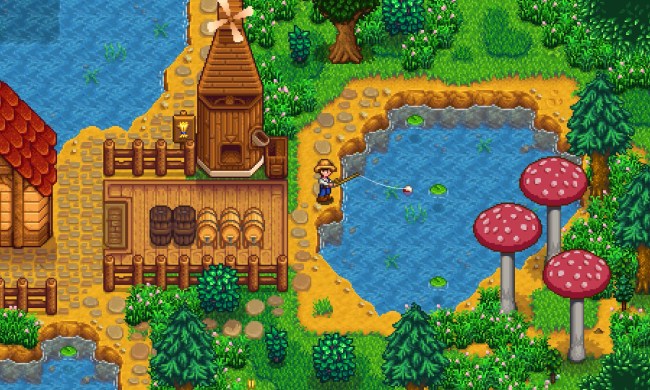The Official Xbox Magazine will reportedly shut down after 18 years of serving players around the world with information regarding everything Xbox. According to a statement given to Eurogamer, OXM was shut down last week by its parent company Future.
The few remaining staff members of the long-running magazine were let go in Future’s attempts to reorganize its business. Official Xbox Magazine isn’t the only publication affected by Future’s move, either. Five others were shuttered, although OXM was the only gaming-related publication.
Future blamed the closure on the overall decline in video game retail sales, which the company says resulted in a decrease in revenue for Official Xbox Magazine. To keep the layoffs to an “absolute minimum,” the media company noted that its executives had already taken “significant” pay cuts and said that Future is well placed with “significant digital audiences.” It also gave a vague promise to continue serving “our customers’ changing needs” through “diversified revenues.”
As for OXM’s previous digital presence, much of the magazine’s content was posted on GamesRadar. However, it didn’t have a publication site of its own.
Last week, editors at numerous sites, including GamesRadar and PC Gamer, were reportedly notified of reduced budgets for freelance coverage. OXM is the only one to fold completely, however.
OXM began right around the launch of Microsoft’s original Xbox in November 2001. Officially licensed by Microsoft ever since, it provided fans in Europe and North America with the latest news, previews, and reviews of the original Xbox, the 360, and the Xbox One for more than 18 years.
The OXM closure comes after Future shut down the Official PlayStation Magazine several years ago in 2012, just before the now-historic PlayStation 4 would be announced in 2013. It’s an unfortunate time for the end of OXM as well since this year marks the release of Xbox Series X, Microsoft’s fourth home console generation.
OXM is but one of many physical games publications to meets its end, resulting in fewer options for magazine subscriptions. Those that do still remain these days include Nintendo Force, a successor to Nintendo Power, Game Informer, and the Future-owned PC Gamer magazine.


